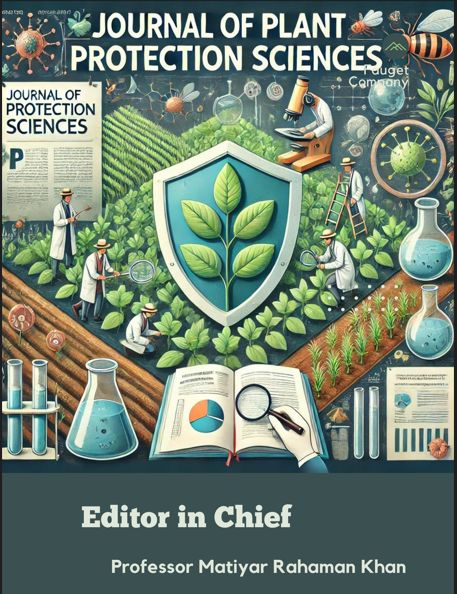Incidence of saw fly, Athalia lugens proxima Klug. as influenced by level of irrigation and fertilizers on mustard
DOI:
https://doi.org/10.48165/Keywords:
Mustard saw fly, irrigation, fertilizersAbstract
The experiments were conducted in the Instructional farm of Uttar Banga Krishi Viswavidyalaya, Pundibari, Cooch Behar, West Bengal in two successive Rabi seasons of 2005-06 and 2006-07with an objective to study the incidence of saw fly (Athalia lugens proxima Klug.) as influenced by level of irrigation and fertilizers on mustard c.v. NC-1 (Jhumka) of Brassica campestris var. yellow sarson. Highest saw fly population (0.26 larvae/plant) was recorded on the crop grown without irrigation and medium level of fertilizers (60:30:30 Kg NPK ha-1) while lowest population level (0.10 larvae/plant) was observed at highest level of irrigation (three) coupled with medium level of fertilizers (60:30:30 kg NPK ha-1) and two irrigations coupled with lowest level of fertilizers (40:20:20 Kg NPK ha-1).
References
Ayyar TVR. 1963 Hand Book of Economic Entomology for South India. Government Press, Madras, India.
Ram S Gupta MP. 1992 Role of fertilizer (N, P & K) in insect pest management of mustard meant for fodder production. Indian Journal of Agricultural Research 26: 35-39.
Singh S Singh RN Singh KM Singh NP Singh SN. 1979 Effect of insecticides and irrigation on the incidence of pests, crop growth and yield of mustard. Indian Journal of Entomology 41: 267-71.

